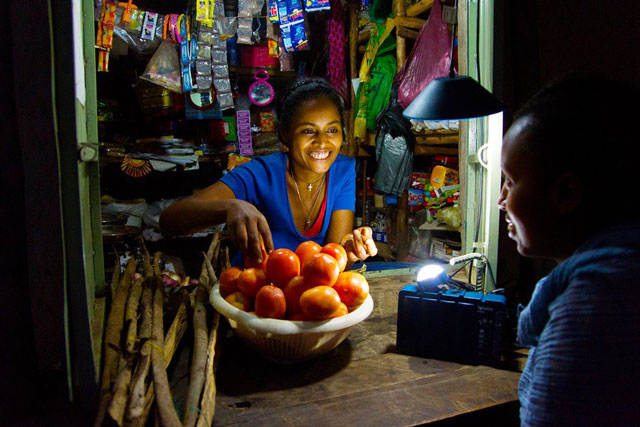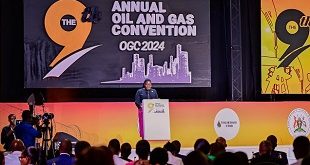
The experiment sought to figure out best way to structure a subsidised price plan to ensure greater affordability over time for a low income customer. The experiment also aimed to find out best way to pass along a 20% subsidy — should the reduction of daily rate by 20%, or reduce the length of the payment plan by 20%?
The pilot experiment maintained the deposit, as lowering the deposit below the current level has had a historically adverse impact on repayment, and raising the deposit further could put the product out of reach of lower income customers.
The experiment was run with 2 treatment and 2 control groups, each with 5,000 new customers from a random nationwide sample and within a sales period that is historically representative of overall repayment trends.
|
Experiment Group |
Deposit | Daily Rate | Loan Tenor | Total Cost of Ownership |
| Control 1 | $7.9 | $0.13 | 35 months | $152 |
| Treatment 1 – 20% Lower Daily Rate | $7.9 | $0.1 | 35 months | $123 |
| Control 2 | $7.9 | $0.13 | 35 months | $152 |
| Treatment 2 – 20% Shorter Tenor | $7.9 | $0.13 | 28 months | $123 |
Observations
- Overall Fewer Days in the Dark for the subsidised group. At 60 days in, customers with the price subsidy had a higher overall average number of days of access to light (in other words, better repayment and fewer days “locked” from accessing their Solar Home Systems due to nonpayment), compared to those in the non subsidised group.
- Those with the normal price plan were on average locked out close to 5 days (roughly 8% of the time)
- Those with the subsidized price plan were on average locked out fewer than 4 days (under 7% of the time)
Across the payment term, those with subsidised pricing were in the dark for up to 18 days fewer than those without subsidies, and had a lower likelihood of default (and therefore higher likelihood of owning the product outright).
- Particularly Better Results for Lower income Groups. This difference is especially significant for the lowest income customers, which are lighting considerably more often with the subsidized pricing. At 60 days into the loan, the lowest income PPI group had – on average – been locked slightly over 1 day (around 2% of the time) compared to almost 5 days (around 8% of the time) for their PPI counterparts with non-subsidized prices.
- Positive trends for sustainability / viability of the customer segment. The test of a lower daily rate showed indications of financial viability:
- Collection rates (amounts paid vs. amounts due as per the financial agreement) are significantly higher for subsidized customers vs. non-subsidized customers
- Percentage locked was significantly lower for subsidized customers vs. non-subsidized customers.
- Fewer customers in the treatment group were late to their first payment
- Implied probability of default was significantly lower for subsidized customers vs. non-subsidized customers.
- Indications of changes to customer demographics. Several demographic changes have been noted based on follow-on customer surveys (though not all are statistically significant):
- Lower income levels indicated by PPI scores for the treatment group
- Change in distribution of customers towards generally lower income regions of Uganda (North and East)
- Slightly higher household sizes overall for customers with the price subsidy, pointing to a higher overall impact
Conclusion.
Across the board, the experiment deduce that subsidised customers light more often at 60 days into their loan. The difference is biggest for the lowest income PPI group at 4 less days locked, followed by the two highest groups with 2 days less locked (60-64) and (65-69).
The Biden Administration working with a global network of change and key industry stakeholders — especially so governments and investors will benefit from interrogating this further and taking action. Importantly, the foregoing shows that smart subsidies are a linchpin to reach more people with clean energy services. By facilitating scale, smart subsidies not only makes off-grid markets smooth and sailable, but also sustainable.
Universal energy access is likely – and mostly so, dependent on bold actions. Smart subsidies provide a major pathway for governments to quickly deliver on Sustainable Development goal 7, and for Off-grid clean energy companies to accomplish the ultimate triple bottom line of People, Profit and Planet.
******
 Morrison Rwakakamba, Chief Executive Officer at Agency for Transformation, a think tank based in Kampala
Morrison Rwakakamba, Chief Executive Officer at Agency for Transformation, a think tank based in Kampala
 The Independent Uganda: You get the Truth we Pay the Price
The Independent Uganda: You get the Truth we Pay the Price


